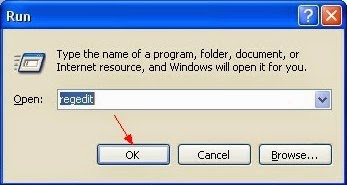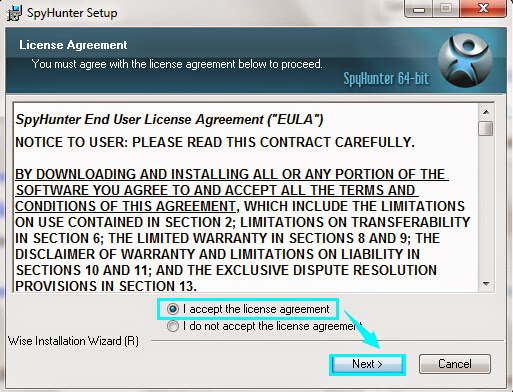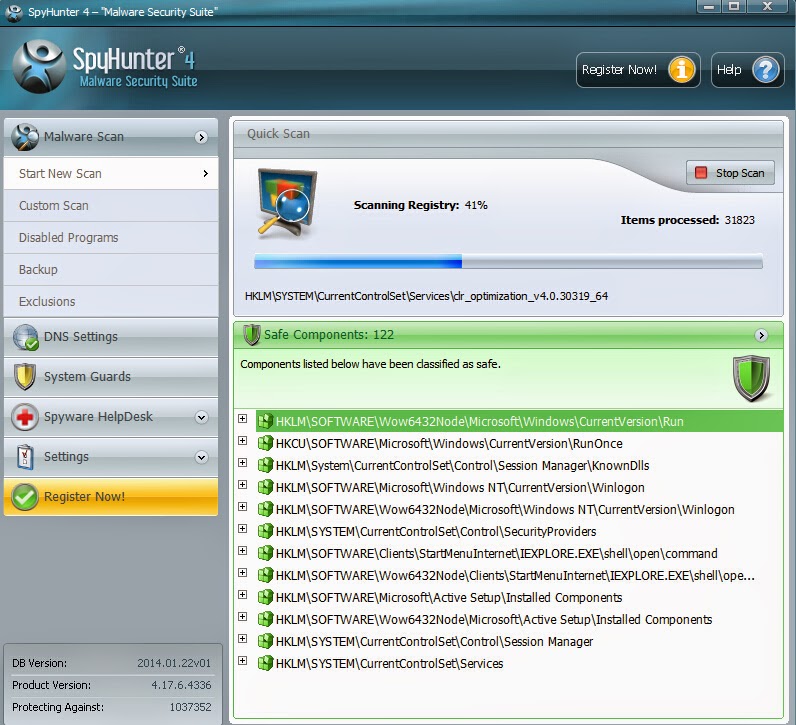Remove Ads by DNSAdware ASAP
Once your PC is attacked by DNSAdware, you may have problems with unstoppable pop-ups. Running in your system background, DNSAdware alerts your browser settings aggressively and adds its nasty extension without seeking for your approval. Due to this, every time you open your web browser, Ads by DNSAdware may pop up to block your view. Some of pop-up windows say that you have a virus and call an 800 number. Some of them offer attractive coupon and sales. You should be careful not to click any ads powered by DNSAdware or call the toll-free tech support. DNSAdware itself is a pesky adware that are used by cyber crooks to get profits from online users.
How to completely remove Ads by DNSAdware? To completely eliminate DNSAdware, you need to detect and remove all its related processes, files and registry entries. You have to search around different locations on the computer to define and delete associating items with this adware. Whiles, DNSAdware always protects itself carefully by mutating at quick speed and hiding deeply in the registry entries.
If you do not know much about manual removal computer virus and cannot clearly distinguish the harmful files from system ones, you'd better choose automatic removal. Here, SpyHunter is recommended as it is designed specifically to deal with adware like DNSAdware. Also, to protect your system, you can keep SpyHunter - the popular antivirus software in your PC to guard against other computer threats.
Step by Step Instruction to Remove Ads by DNSAdware:
Method one: Manually get rid of Ads by DNSAdware from your computer
Method two: Automatically remove Ads by DNSAdware with antivirus software SpyHunter
Method one: Manually get rid of Ads by DNSAdware from your computer
Step one: Delete PUP programs added by Ads by DNSAdware from computer using control panel
For Windows 7/Vista: Click “Start” (“Windows Logo”)>”Control Panel“>”Uninstall a program“(under Program)>look for any dubious programs, select them and click Uninstall/Change.

For Windows 8: Right-click on the screen’s bottom-left corner> “Control Panel” >”Uninstall a program“(under Program)> Look for any dubious programs, select them and click Uninstall/Change.

Step two: Remove suspious browsers add-ons added by Ads by DNSAdware
Internet Explorer: Open Internet Explorer, go ‘Tools‘ -> ”Manage Add-ons’ -> ‘Toolbars and Extensions’. Here, look for Ads by DNSAdware and other suspicious ones and then click 'uninstall'. Now open IE once again and click Tools -> Internet Option -> General tab. Enter Google or other address to make it the default start page.
Mozilla Firefox: Open Mozilla Firefox, go ‘Tools’ -> ‘Add-ons’ -> ‘Extensions’. Find Ads by DNSAdware and other suspicious ones and then click ‘Uninstall’. Now open Mozilla Firefox once more, go to Tools -> Options -> General -> Startup and select 'Show a blank page' when Firefox Starts or set a certain website, like Google or similar.
Google Chrome: Open Google Chrome, click on wench icon, go to settings and choose 'Manage search engines'. Change search engine to google or other and delete Ads by DNSAdware and other suspicious ones from the list. Then Go to section “On start” and make sure you get blank page while creating new tab.
Step three: show hidden files and folders and delete harmful files of Spns.seriousads.net
Guide: click the Start button and choose Control Panel, clicking Appearance and Personalization, to find Folder Options then double-click on it. In the pop-up dialog box, click the View tab and uncheck Hide protected operating system files (Recommended).

Delete all the following files:
%AllUsersProfile%\{random.exe\
%AllUsersProfile%\Application Data\
%AllUsersProfile%\random.exe
%AppData%\Roaming\Microsoft\Windows\Templates\random.exe
%Temp%\random.exe
%AllUsersProfile%\Application Data\random
Step four: open Registry Editor to delete all the registries added by Spns.seriousads.net
Guide: open Registry Editor by pressing Window+R keys together.(another way is clicking on the Start button and choosing Run option, then typing into Regedit and pressing Enter.)

Delete all the vicious registries as below:
HKEY_CURRENT_USER\Software\Microsoft\Windows\CurrentVersion\Uninstall\ BrowserSafeguard \ShortcutPath “%AppData%\[RANDOM CHARACTERS]\[RANDOM CHARACTERS].exe” -u
HKEY_CURRENT_USER\Software\Microsoft\Windows\CurrentVersion\Run “.exe”
HKCU\Software\Microsoft\Windows\CurrentVersion\Internet Settings\random
HKEY_LOCAL_MACHINE\SOFTWARE\Microsoft\Windows\CurrentVersion\run\random
HKEY_CURRENT_USER\Software\Microsoft\Windows\CurrentVersion\Internet Settings “CertificateRevocation” = ’0
(You may need expert skills to figure out relevant files and entries created by Ads by DNSAdware in case that you can’t directly erase the pop-ups by resetting browsers. If you fail to fix the issue manually, please feel free to start an automatic removal with SpyHunter.)
Method two: Remove Ads by DNSAdware from PC using SpyHunter
To remove Ads by DNSAdware from your PCs, it is recommended to Download and install SpyHunter to detect and remove Ads by DNSAdware. SpyHunter is a program that searches for and deletes Adware, Toolbars, and browser Hijackers from your computer. By using SpyHunter you can easily remove many of these types of programs for a better user experience on your computer and while browsing the web.Step 1. Download SpyHunter by clicking the following download link:
Step 2. Double-click on the downloaded file. If asked to allow program to make changes to this computer, click “Yes” button.

Step 3. In this step, please accept the Licence Agreement and click “Next >” button.

Step 4. After the definition database is downloaded, system scan will automatically start.
.jpg)
Step 5. Remove Ads by DNSAdware and all other threats detected by SpyHunter.
Kindly reminder:
The random names used by Ads by DNSAdware multiply the difficulties of manual removal. If you do not have any virus manual removal experience, it is recommended you choose the automatic removal method. Download and install SpyHunter - the famous antivirus software here to get rid of Ads by DNSAdware completely now. Also, it is suggested that you scan your system regularly with SpyHunter to prevent instruction of any computer infections.


No comments:
Post a Comment